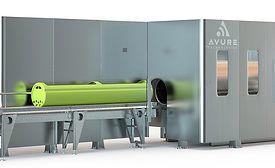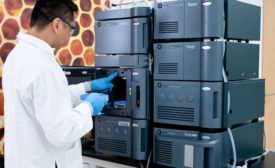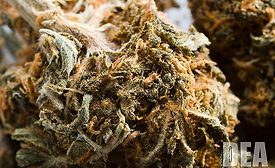Articles by Wayne Labs
Big Data
Drowning in a sea of data
We’re told to collect as much data from our processes as we can, and there’s practically infinite storage space in the cloud—but how do you make sense of all this data?
August 21, 2019
IIoT
How IIoT can improve food and beverage bottom lines
IIoT can pave the way for better scrutiny of processes, tracking food safety and operating efficiencies
August 1, 2019
Automation
IIoT facilitates flexibility and customization in food processing
IIoT is often associated with improving OEE scores or building a predictive maintenance program, but it can also help customize production
July 18, 2019
HPP
New HPP meat technology preserves color, extends shelf life
HPP, known for its ability to extend shelf life considerably, could take the color out of some meats—but that problem has been resolved
July 17, 2019
Automation Series
How food processors can use IIOT for maintenance activities
July 2, 2019
CANNABIS PRODUCTS | JUNE 2019
Cannabis testing is an exact science - regulations are not
June 24, 2019
Never miss the latest news and trends driving the food safety industry
eNewsletter | Website | eMagazine
JOIN TODAY!Copyright ©2024. All Rights Reserved BNP Media.
Design, CMS, Hosting & Web Development :: ePublishing










